What is Generative AI? And What Are The Impacts of Generative AI in Software Development?
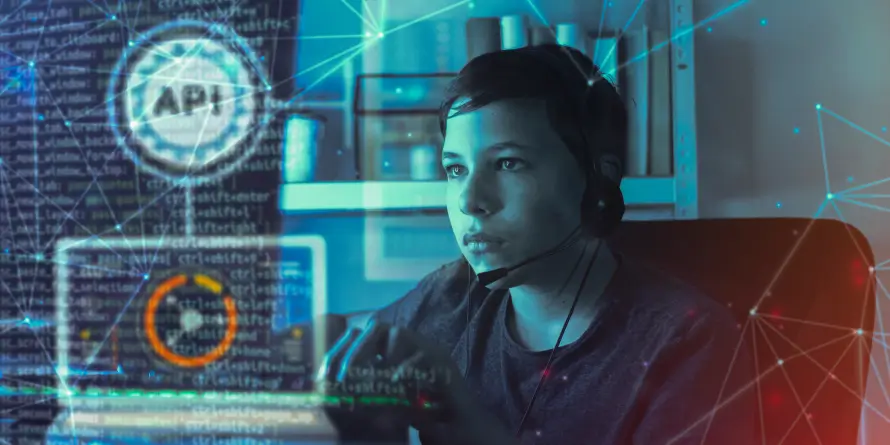
Generative AI is causing a lot of excitement in the tech world because it’s changing the process of software development.
This advanced technology uses machine learning to create content, write code, and even develop whole applications. However, It’s going to change how software is made and managed.
As developers are starting to use Generative AI more in their workflows, they are discovering both exciting opportunities and unique challenges.
Generative AI has a big impact on software development. It helps by doing repetitive coding tasks, finding and fixing bugs, and coming up with new solutions that human developers might not think of.
This high level of automation and intelligence speeds up the development process, which means we can create and improve software faster.
“Generative AI is the most powerful tool for creativity ever created. It has the potential to unleash a new era of human innovation.”
However, As Elon Musk mentioned in one interview, Gen AI is the most powerful tool for creativity.
Before delving deep dive into the Impacts of Gen AI on software development, first, explore some of the market statistics for Gen AI and software development.
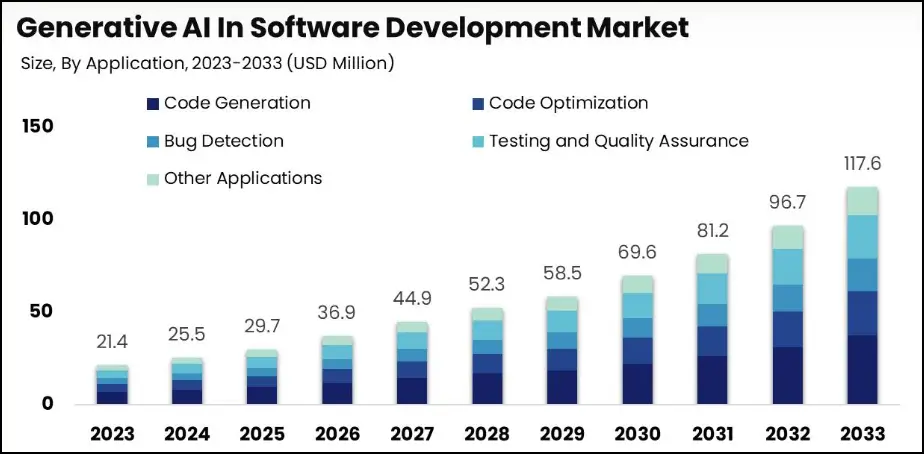
- According to MarketResearch data, the market for Generative AI in software development was worth $21.4 million in 2023. This market is projected to grow to $117.6 million by 2033, with a compound annual growth rate (CAGR) of 19.1% from 2024 to 2033.
- According to StackOverflow’s report, about 70% of all survey participants currently use AI tools or intend to use them. (People who are new to coding are more likely to use AI tools or plan to use them compared to experienced developers.)
This number is expected to grow a lot in the next few years. However, in this blog, we will talk about how Generative AI impacts software development and what the challenges are, and we will share some of the best tools that are used in software development.
But first, let’s explore the fundamentals of Generative AI.
What is Generative AI?
Generative AI is artificial intelligence that can make new things such as images, text, audio, code, and more. Unlike traditional AI, which follows specific rules and patterns, Generative AI can produce original and important results.
Now, For instance, think about playing chess against a computer.
Traditional AI would only make moves based on pre-existing data and patterns. However, Generative AI may create a new move better suited to the game, making it more challenging and exciting for humans to play against.
Let’s better deeply understand the core functionality.
Generative AI is an advanced technology that uses machine learning and neural networks to create new and original content. Analyzing large sets of data can identify patterns and generate new output that imitates the style and characteristics of the input data.
In simpler terms, it’s like giving a computer a bunch of examples to learn from, and then it can create unique content similar to what it knows.
Some tools, like Open AI and DeepMind, use cutting-edge technology to create advanced AI models. These models can do amazing things like generate realistic images and write text that sounds like a human wrote it. It even composes music. It’s pretty impressive stuff!
Explore Generative AI vs Traditional AI comparison and get idea how both technology are changing the world of development environment.
Generative AI helps software companies create applications faster than ever by streamlining various parts of the development cycle. It assists in coding, debugging, and testing, automating repetitive tasks and reducing errors.
This means companies can concentrate on coming up with new ideas and getting top-notch software out there quickly.
What is the Use of Generative AI in the Software Development Lifecycle?
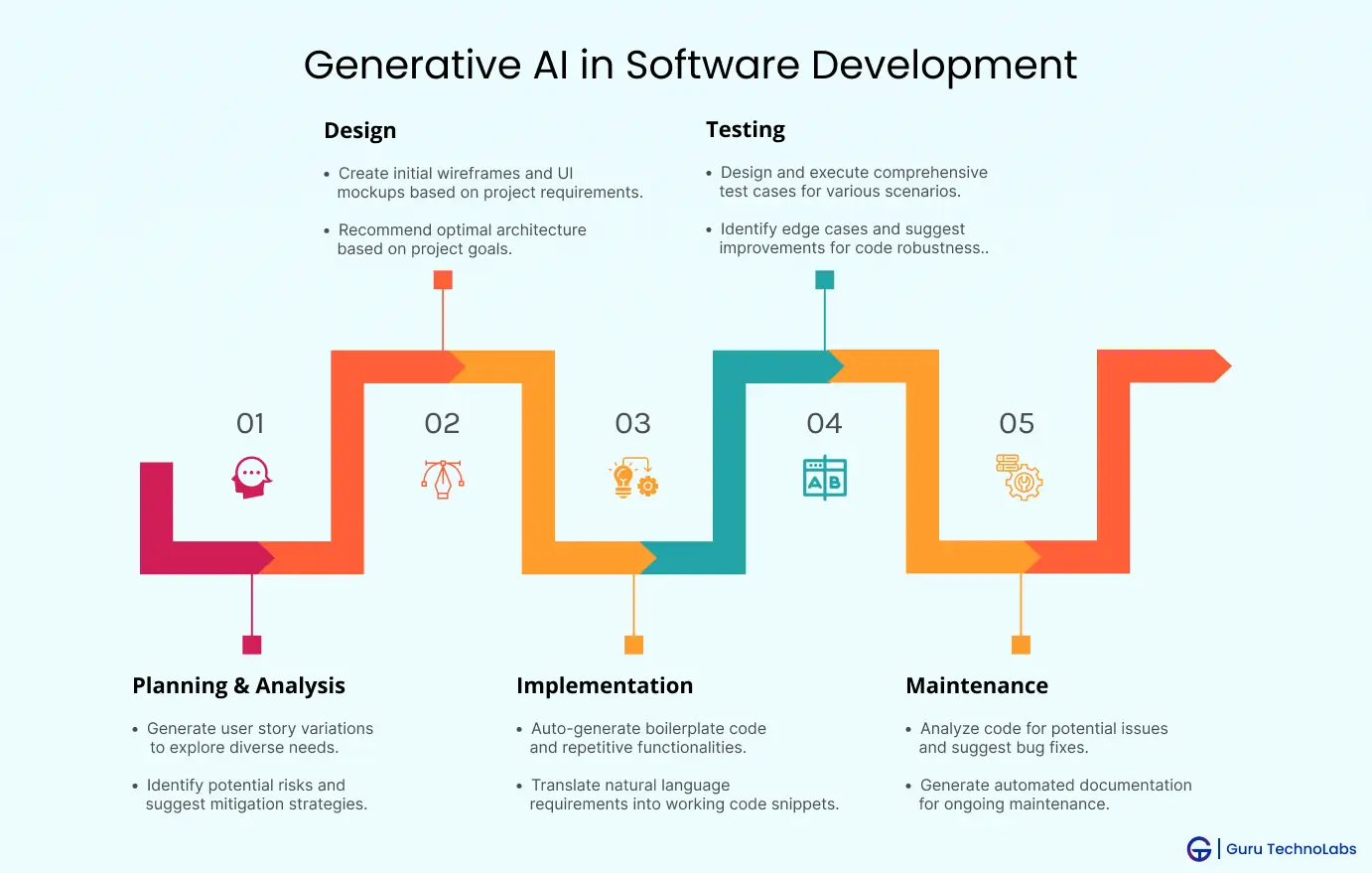
1) Planning & Analysis
In the planning and analysis phase, Generative AI can check out market trends, user needs, and existing software to give us insights and recommendations. It helps us figure out what features we want, predict how long the project might take, and spot potential risks.
This means we start by using data and info to make smarter decisions, which helps us build a strong starting point for the project.
2) Design
During the design phase, generative AI can help create basic outlines, visual representations, and early models. It can recommend design features based on what users like and what’s commonly used in the industry.
It makes the design process faster and makes sure that the design and user experience both look good and work well.
3) Implementation
During the implementation phase, generative AI can help by writing bits of code, creating standard code templates, and giving coding advice.
It assists developers by doing repetitive coding work and making sure that they follow the best ways to do things. This makes development faster and lowers the chances of making mistakes.
4) Testing
Generative AI is really good at testing because it can create test cases on its own and find possible problems. It can pretend to be different users and push the software to its limits to make sure it works well in different situations.
5) Maintenance
A special type of AI keeps an eye on our software to find problems, suggest solutions, and even predict issues before they happen. It can also automatically update and fix the software to keep it safe and running smoothly. This helps prevent the software from crashing and makes sure it’s easy to use.
Gen AI allows developers to create new solutions. The solutions push the boundaries of what is possible in software development. In other words, Gen AI is a powerful tool that helps developers work smarter, not harder. Let’s explore how Gen AI and its tools are making app and web development easier.
Impacts of Generative AI and Its Tools on Software Development
The latest advancements in AI technology have a significant impact on software development. With the help of AI, the coding process has become more efficient and productive. However, AI has both positive and negative effects on software development.
Increase Productivity of Developers and Speed of Coding
There are AI-powered tools available for developers that can help automate repetitive tasks. This means that developers can save time and energy. Otherwise, they would have to keep doing the same thing repeatedly. With these tools, developers can focus more on essential aspects of software development.
One such Gen AI tool is TabNine. It uses machine learning to predict and create code snippets in real-time. For instance, when developers start typing a standard function or method, like sorting a list or filtering data, the tool automatically suggests code completions, reducing the need for manual typing and making the coding process faster.
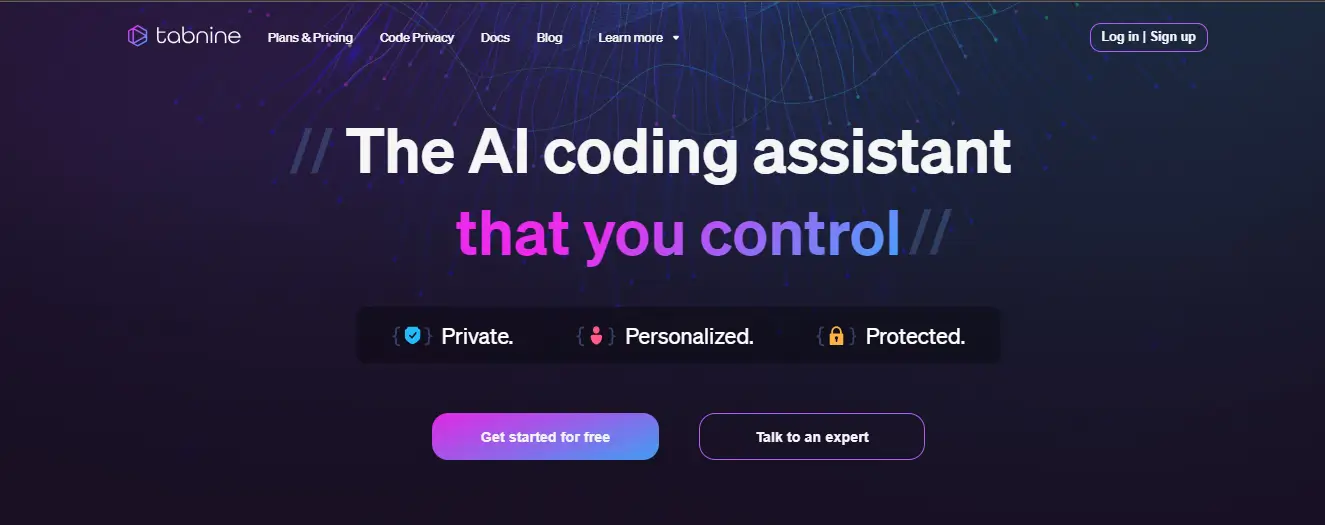
Some tools like DeepCode and CodeClimate can help developers automatically analyze their codebases.
Using these tools can help developers find problems, clean up their code, and get suggestions on how to make it better. This way, developers can boost the quality and efficiency of their code quickly.
However, It can also identify redundant code issues and performance issues. They can also identify security risks in large codebases. However, it can suggest ways to optimize and refactor the codebase.
Enhancement of Knowledge for Developers
In today’s world, AI tools are helping developers by providing them with extra knowledge about their projects. This allows developers to think more effectively.
AI tools can simplify coding by generating explanations, code snippets, and tutorials using the code’s logic and context. It promotes knowledge sharing, collaboration, and the seamless integration of new developers. This, in turn, ensures the continued success and growth of software projects.
Did you know that there are AI models out there that can help developers write better code?
One such model is OpenAI’s GPT-3. It uses natural language processing (NLP) to make clear descriptions and explanations. It does this based on code snippets or user queries.
So, a developer is looking for code functions to help with real-time tracking. In that case, they can feed the code snippets into GPT-3. It will generate human-readable explanations, usage examples, and documentation to help them. This makes it easier for developers to share knowledge and collaborate.
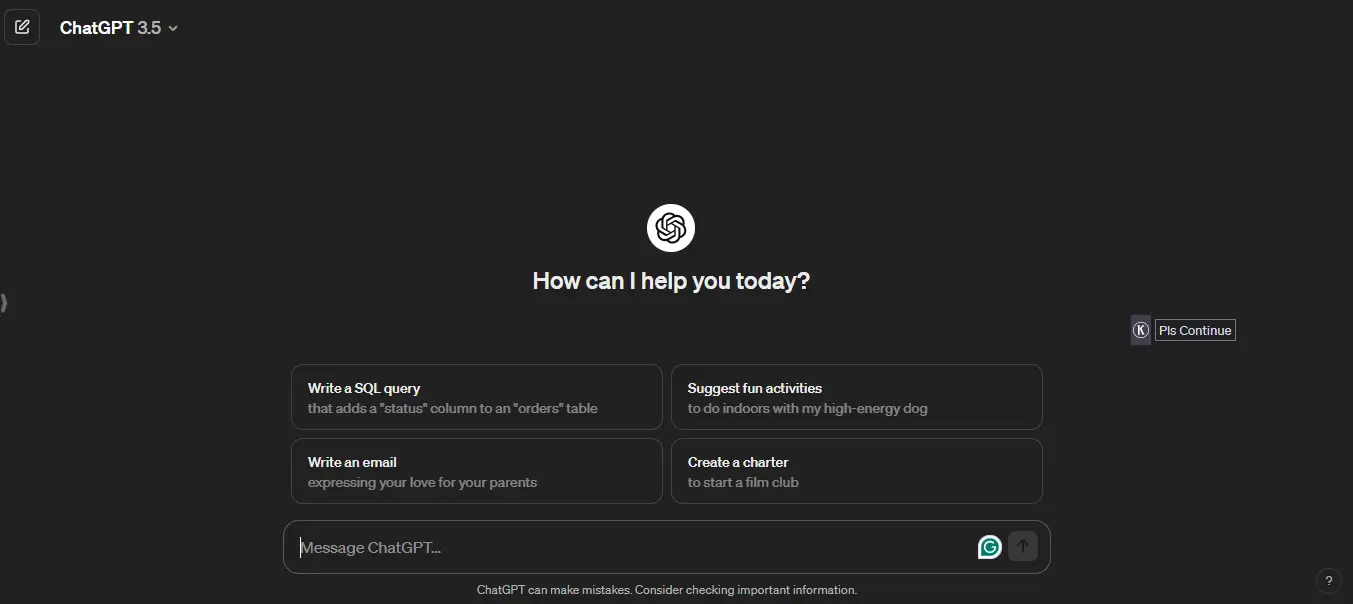
Improved Accuracy and Quality of Software
AI-powered tools can detect patterns, identify errors, and make helpful suggestions. They can review a codebase thoroughly, recognize common patterns, and predict issues.
This means developers can make better software with fewer errors. This leads to a better user experience.
Generative AI tools such as Github Copilot and DeepCode are the best examples.
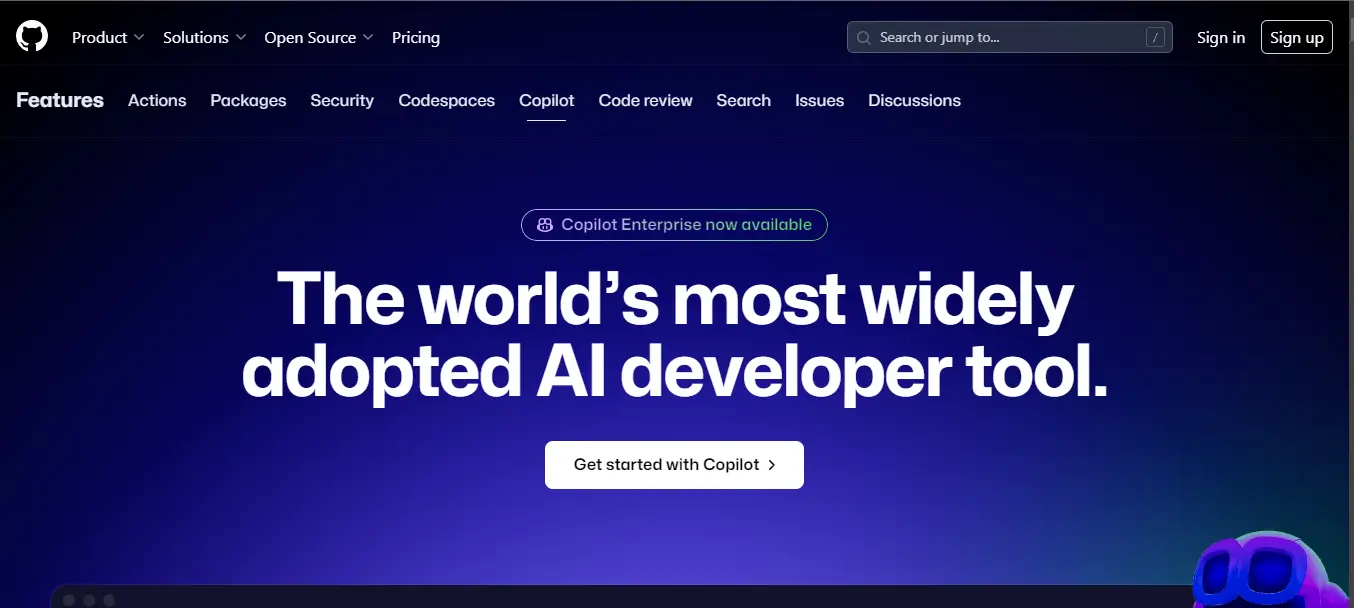
Have you heard about GitHub Copilot It’s a tool that helps you write code faster and more accurately. It’s powered by OpenAI’s GPT model, which is pretty cool.
Copilot generates descriptions of what you want to do in simple language and then provides you with code snippets that match your description. This can save you a lot of time and reduce the likelihood of making mistakes in your code. Plus, it helps you follow best practices for coding. It’s an excellent tool for anyone who wants to code more efficiently.
Imagine this: Copilot is a tool that helps developers by suggesting ways to complete their code while they type. It not only improves the quality of the code but also allows developers to work more efficiently.
Similarly, DeepCode carefully examines code to find potential problems or areas for improvement. It then highlights these issues and suggests making the code stronger and safer. This helps developers ensure that their code functions well and remains secure.
When teams use these tools during software development, they can maintain high software quality standards. This helps them meet the expectations of both users and the industry and gives them confidence in their work.
Automated UI/UX Design (Quick Prototyping)
When building a software project, creating a prototype is essential. The Gen AI tool can help you quickly generate this prototype by providing code snippets, designs, and user interfaces.
It speeds up the design process, allowing developers to test out different ideas and improve them with immediate feedback. As a result, the software product becomes more robust and user-friendly.
AI tools such as Adobe’s Project Aero or Figma’s Auto Layout feature help developers or designers create design prototypes based on user inputs or guidelines.
With these tools, developers can input various parameters such as color schemes, branding guidelines, and layout preferences, and the AI tool can generate multiple design variations in no time. It speeds up the repetitive design process and allows designers to focus on other essential tasks.
Intelligent Testing
AI technology can transform software testing and debugging procedures by automating the creation of test cases, detecting anomalies, and analyzing the root cause of issues. AI-powered testing frameworks can simulate different scenarios and identify potential vulnerabilities.
IntelliTest is a tool developed by Microsoft that helps in generating test cases. It analyses the code and execution paths, ensuring the tests cover all possible scenarios.
When developers add test conditions or constraints to the code, IntelliTest creates test cases to verify the code’s behavior in different situations. It leads to more effective and reliable tests, improving the quality of the software being developed.
Ready to utilize the power of Gen AI in your development projects?
Reach out and learn more about Gen AI services and how it can help you
to unlock new possibilities in software development.
Challenges with Gen AI in Software Development
Gen AI, or Artificial Intelligence Generation, has a lot of advantages for software development. However, some challenges need to be dealt with.
Ensuring Ethical Use of Gen AI in Programming
As the use of Generative AI in software development continues to grow, it’s crucial to ensure that it’s used ethically.
Developers are faced with many questions about protecting data privacy, getting consent, and ensuring the algorithms they use are transparent. It’s their responsibility to navigate these challenges responsibly and prioritize the ethical implications of their work.
Sometimes, computer programs created by AI can accidentally include private information or violate privacy rules if not handled correctly.
Moreover, relying on AI to make crucial decisions that require human judgment can be risky. To reduce these risks, it is essential to establish clear ethical guidelines, incorporate ethical considerations into the development of AI, and put measures in place to ensure accountability and oversight.
Are you familiar with IBM’s AI Fairness 360 toolkit
It’s a set of tools and algorithms developers can use to detect and correct biases in AI models at different stages of the development process.
By using fairness metrics and bias detection algorithms, developers can ensure that AI-driven decision-making systems are fair and equitable, making the development process more transparent and accountable.
Addressing Concerns Surrounding Job Displacement
The use of AI in software development is causing some people to worry about job loss. Although AI can make repetitive tasks more accessible and improve productivity, there are concerns that it could lead to fewer job opportunities or require less specialized skills.
As technology advances, tasks that humans previously did can now be done by AI. This can decrease the demand for specific jobs, such as junior developers who may no longer be needed for manual coding tasks.
To address this issue, businesses should focus on supporting retraining initiatives for affected employees and encouraging the development of skills related to AI, such as critical thinking and innovation. Explore the Impact of Generative AI in the Business world. Find capabilities of Gen AI in different industries.
Finding ways for humans and AI to work together effectively can also maximize the benefits of generative AI while minimizing its negative impact on jobs.
If you’re a business owner looking to hire a team of developers with expertise in artificial intelligence, you’ve come to the right place. Contact us, and we’ll help you find the best-dedicated developers for your upcoming project.
Additionally, we’ve compiled a list of some of the top real-world examples of generative AI to help you decide which project to pursue. This will give you an idea of what kind of projects are possible with AI and how they can benefit your business.
Also Read: How Much Does it Cost to Develop Custom Software?
List of Real-world Generative AI Examples in Software Development
- GitHub Copilot: This tool is designed to help developers while they are writing code. It uses machine learning to understand the developer’s work. It suggests relevant code completions. In other words, it makes writing code easier and faster.
- Adobe Sensei: It is designed to help designers be more creative. It provides tools like content-aware fill and image manipulation that use generative AI.
- Microsoft IntelliCode: This tool combines generative AI with code editing tools. This combo enhances developer productivity. It does so by providing intelligent code completion and error detection.
- GPT-3: It is a highly advanced language model for text. It is used in various applications, such as writing support and content creation.
- Figma’s Auto Layout: This tool helps to arrange UI elements automatically. This feature saves time and improves design consistency for designers.
- IBM Watson Assistant: This tool uses Gen AI to understand and answer natural language questions. It offers custom help and support.
- Runway ML: This tool is for artists and developers to try. They use them in various creative projects, such as art, music, and fashion.
- DeepDream: It was created by Google. It uses generative AI to make surreal and artistic images. It does this by enhancing and altering existing photos.
- Perplexity AI: This tool is famous for providing solutions for automated content creation. It uses generative AI to make custom and captivating content for marketing and ads.
- DALL-E: It creates images from text. It shows AI’s ability to understand and make visual content.
- Midjourney: It creates virtual environments and experiences for gaming and entertainment.
Conclusion
As we explore the changing world of software development with Generative AI, it emerges as a valuable developer partner. Gen AI undoubtedly impacts the development environment in both positive and negative ways. But by responsibly embracing Gen AI with such a skill set, developers can work with the best technology we have ever seen.
Additionally, by addressing ethical issues and harnessing technology’s potential for growth and innovation, we can shape a future where technology acts as a driving force for advancement, imagination, and teamwork in software development. However, Generative AI is transforming most businesses.
Remember, the future of software development is not just about code; it’s about creativity, collaboration, and continuous learning. Explore the journey of creativity and Start the exciting opportunities of Generative AI today!
Frequently Asked Questions
Traditional AI follows predetermined rules, whereas generative AI can create new things. Generative AI is renowned for its creativity, adaptability, and capability to handle complex tasks.
Many people want Generative AI because it can do things automatically, make stuff just for you, and develop new ideas. It helps things run smoother, makes things more fun, and sparks new ideas in different fields.
GPT models have several limitations, including:
- Lack of common sense understanding
- Vulnerability to biases in training data
- Inability to handle complex reasoning
- Limited ability to generate coherent and consistent text
- Difficulty in generating contextually relevant responses
- Potential for misinformation and misinterpretation
- Resource-intensive and environmentally impactful training and deployment.
Generative AI creates new content, such as images or text, based on learned patterns, allowing it to generate entirely new data. Predictive AI, on the other hand, analyzes existing data to make predictions or classifications about future outcomes.
Combining responsible AI with generative AI ensures the ethical and safe deployment of AI-driven solutions. Responsible AI frameworks promote fairness, transparency, and accountability, mitigating risks such as bias and discrimination.





















